When Your Parents' Yard Becomes a Jungle: The Ultimate Home Adventure
When Your Parents' Yard Becomes a Jungle: The Ultimate Home Adventure
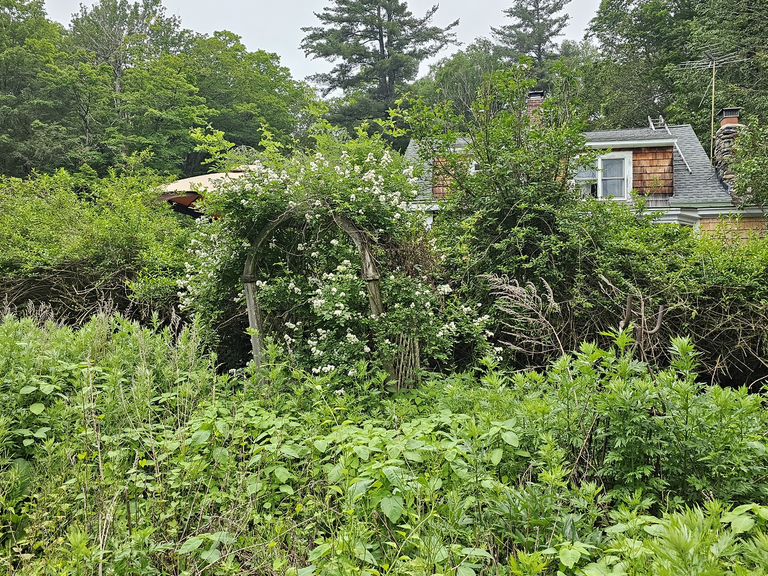
Came home to Connecticut to find my parents' house looking like something out of a nature documentary. Plants had taken over everything – and I mean everything. What used to be a nice front garden was now a battlefield where weeds had declared total victory.
Time to roll up my sleeves and wage war on this green invasion.
The Jungle Assessment
The front yard was chaos. Where there used to be organized flower beds, invasive vines had created their own kingdom. I'm pretty sure it was some kind of sumac – aggressive stuff that sends out these thick red roots like underground cables, claiming territory faster than you can blink.
The center garden in our driveway? Completely overrun. This vine had wrapped itself around everything, choking out whatever had been planted there originally. It was like nature's version of a hostile takeover.
But honestly? I was kind of excited to dive in and rip it all out.
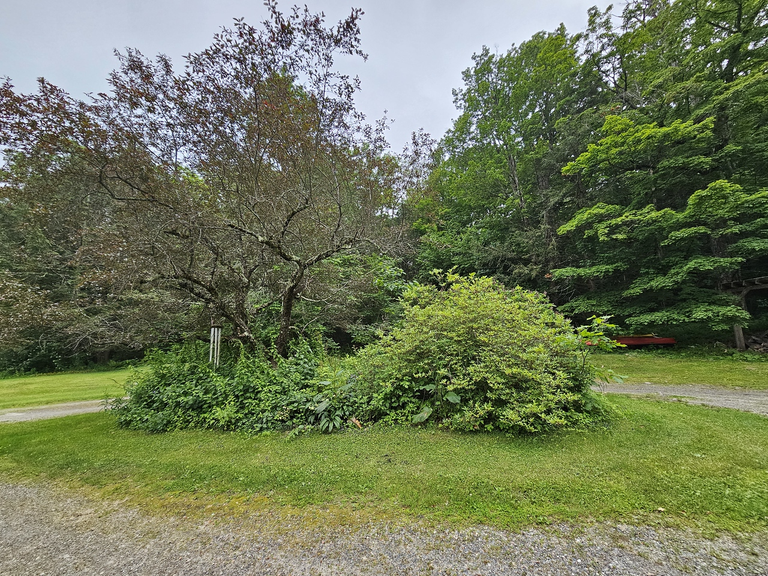
The Battle Plan
Started with the front garden where flowers used to live before the weed army moved in. Spent the entire day just ripping, pulling, and digging. Every vine I yanked out revealed another root system underneath – these things had built an entire underground network.
The invasive sumac was the real enemy though. Those red roots run deep and spread wide, and if you don't get every piece, they'll be back stronger than before. It's like playing whack-a-mole with something that's actually trying to kill your yard.
Had to dig down and trace each root, following the trails to make sure I got the whole system. Miss a piece, and you're back to square one in a few months.
The Reconstruction
After clearing the battlefield, I moved some hostas from the front garden to fill the empty space. Hostas are tough – they can handle being transplanted and they'll actually help crowd out future invasions.
Then came the mulch. Lots of mulch. It's like armor for your garden beds – helps prevent new weeds from getting established and makes the whole area look intentional instead of abandoned.
But I know this invasive vine. It's aggressive, persistent, and probably already planning its comeback. This is just round one.
The Unexpected Workout
Here's what nobody tells you about serious yard work – it's better exercise than most gym sessions. All that digging, pulling, lifting, and hauling works muscles you forgot you had.
Woke up the next morning with numb fingers though. Think I aggravated my carpal tunnel from all the gripping and pulling, or maybe just overworked hand muscles I don't normally use. Small price to pay for reclaiming territory from the plant invasion.
There's something satisfying about physical work that produces immediate, visible results. Unlike a lot of projects where progress is abstract, yard work shows you exactly what you've accomplished by the end of the day.
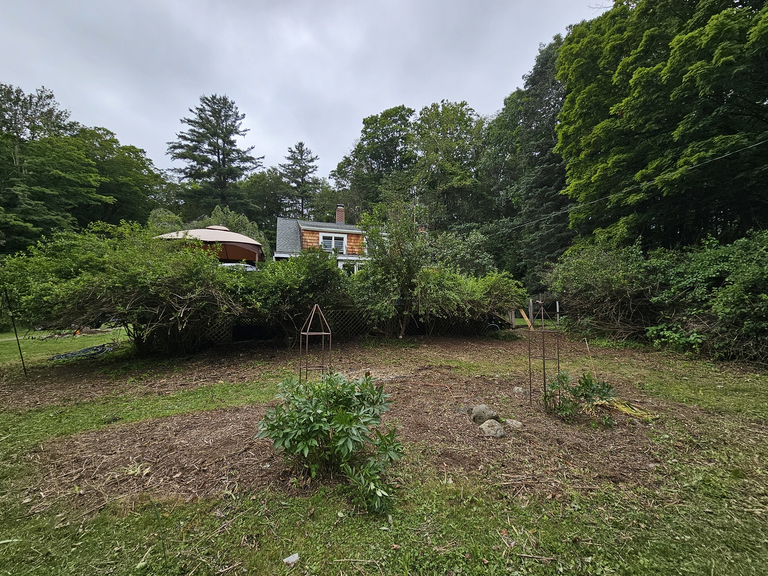
Why This Matters for Travelers
Coming home to an overgrown jungle might seem like the opposite of adventure, but it's actually another type of exploration. You're rediscovering familiar territory that's been transformed by time and neglect.
Every traveler eventually faces this – the home base that's changed while you were away. Maybe it's your parents' place that needs attention, or your own yard after a long trip. The challenge is the same: reclaim what's yours from whatever has moved in during your absence.
It's also surprisingly therapeutic. After months or years of adapting to new places and situations, there's something grounding about improving a space that's actually yours to change.
The Invasive Species Problem
That sumac vine isn't just annoying – it's actually an ecological problem. Invasive species like this can completely take over native ecosystems if left unchecked. They're like the plant version of that tourist who shows up and takes over the local scene without any respect for what was there before.
In Connecticut, we've got several aggressive invasives that can turn a managed landscape into wilderness in just a few seasons. The key is catching them early and being absolutely ruthless about removal.
Half measures don't work with invasives. You either commit to complete eradication or you're just wasting your time.
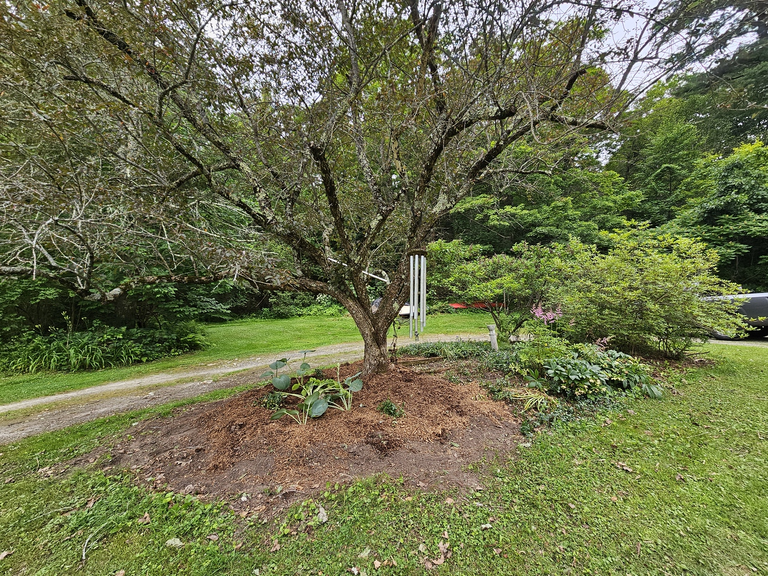
The Satisfaction Factor
There's something primal about ripping up invasive plants. It's destructive in a productive way – you're literally tearing things apart to make room for something better.
Some people like the delicate work of planting flowers and arranging garden beds. Me? I prefer the demolition phase. Give me something overgrown that needs to be ripped out by the roots, and I'm happy for hours.
It's honest work that produces immediate results. At the end of the day, you can see exactly what you've accomplished and know that you've actually improved something.
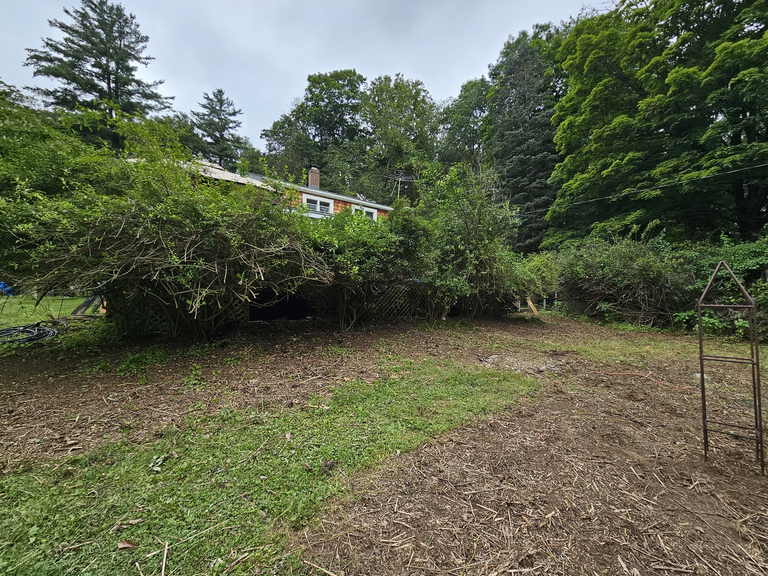
The Ongoing War
This isn't a one-time project. That invasive vine will be back, probably by next season. The mulch will help, and the hostas will provide some competition, but staying ahead of invasive species requires constant vigilance.
It's like maintaining any relationship – ignore it for too long, and problems that seemed manageable become overwhelming. But stay on top of it, and it's actually pretty rewarding work.
Plus, my parents will have their front yard back instead of living in a jungle. That's worth some numb fingers and sore muscles.
Your Turn
What's your approach to yard work and outdoor projects? Are you the type who enjoys the peaceful work of planting and arranging, or do you prefer the aggressive satisfaction of ripping out invasives and clearing overgrown areas?
Ever come home to find that nature had other plans for your outdoor space? Share your jungle warfare stories in the comments.